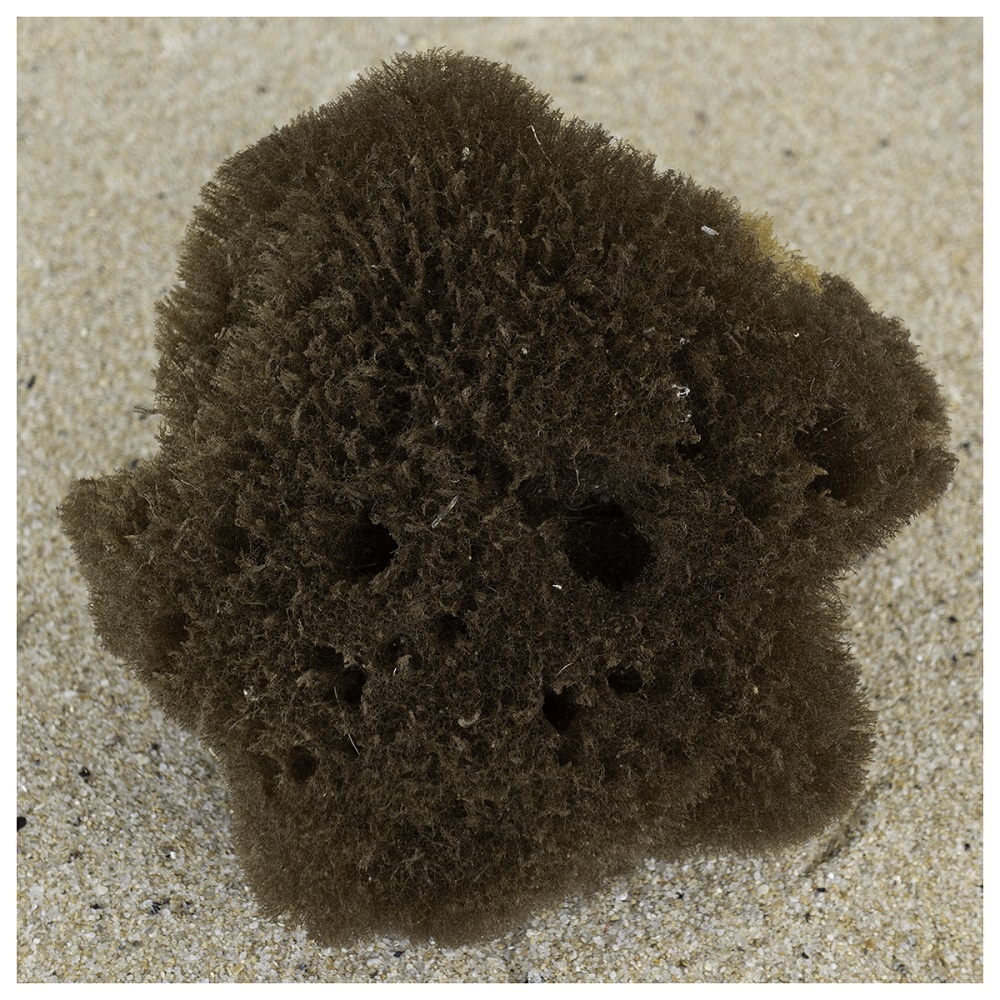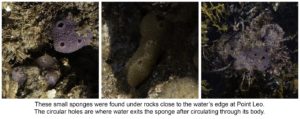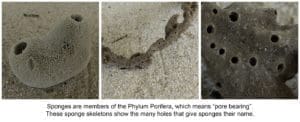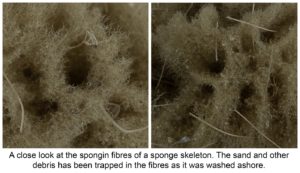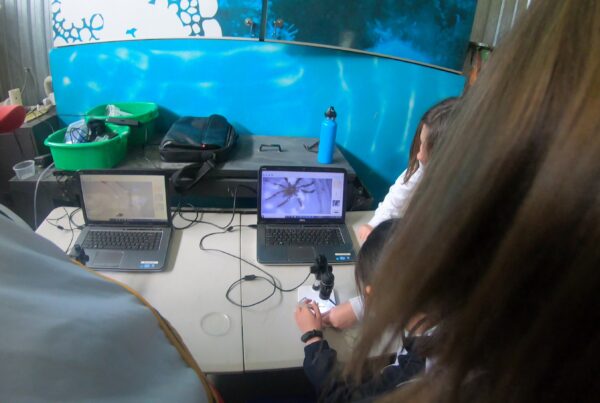Did you guess correctly?……
Did you know this was made by an animal? This is the internal skeleton of a sponge, an animal that lives on rocky reefs and the fossil record shows that sponges have lived in the world’s oceans for at least 580 million years.
Identification of sponges often requires microscopic examination because unlike other animals or plants that have a shape programmed by their DNA, the shape a sponge depends on its environment. The same species of sponges can be upright and branching or it can be flat spreading across the surface of a rock. It all depends on factors like the strength of water currents and wave action.
A sponge relies on water moving through its body for the provision of oxygen and food, the removal of waste and reproduction. Water is drawn into the sponge through tiny holes that cover the surface of the sponge. It then travels through channels and chambers inside the sponge, where the exchange of food, oxygen and wastes takes place, before exiting through large holes in the body wall. Lining the passageways are cells that beat their whip-like tails rhythmically to create this flow of water. This is a simple but very efficient system, moving an amount of water equal to the volume of the sponge every 10 seconds.
The internal maze of passageways within a sponge are supported by a skeleton of fibres called spongin. It is this tough skeleton of the sponge that we find washed up on the beach. While the spongin fibres provide flexibility, embedded within them are spicules which provide rigidity. The microscopic spicules are usually made of silica and their number, arrangement and shape vary between species of sponges. Some are single rods like pins, others can be elaborate three or six-pointed stars. The sharp spicules combined with toxic chemicals produced by the sponge act as a deterrent for predators.
The simple body plan of a sponge allows it to reform its body when damaged. Experiments show that if a living sponge is pushed through a sieve the sponge cells will reorganize themselves back into a functioning sponge in a matter of weeks. This means that when a piece breaks from a sponge, it can establish a new sponge. A sponge can also reproduce sexually, producing both sperm and eggs. Sperm is released to drift in the currents until drawn into another sponge where fertilization occurs.
Watch this video of an experiment showing how different types of sponges circulate water through their bodies:

